This post may contain affiliate links, view our disclosure policy.
Almost everyone I know has a different method of washing their fruits and veggies. Some just rinse with water and others go all out with salt baths, lemon juice, or various vinegars depending on the item. I’ve found that washing produce with vinegar and baking soda can be an effective way to remove dirt, bacteria, and pesticide residues. To me, this is highly important to stay healthy! So, here’s my guide on How to Properly Wash Produce.
Step-by-Step Vinegar & Baking Soda:
Vinegar and baking soda is one of my favorite ways to properly wash produce. I always have these items on hand in my kitchen keeping it easy. Why reinvent the wheel or purchase expensive veggie wash if you already have everything ready to go? The steps are easy, you just need a little patience while the ingredients do their magic!
1. Cover fruit or veggies with water (filtered if you can). Leave two inches of space in the bowl as the vinegar and baking soda solution does bubble up when combined.
2. Pour in your choice of 1/4 cup white vinegar or apple cider vinegar.
3. Sprinkle in 1 tbsp baking soda and watch it fizz!
4. Allow the fruits or veggies to soak for 10-15 minutes, giving them a stir once or twice.
5. Remove the produce from the vinegar and baking soda solution and rinse it thoroughly under running water.
6. Dry the fruits and veggies with a paper towel or clean cloth before storing or preparing.
Here’s what my soak looked like when I was finished without the fruit. I am still shocked every time I wash produce this way with what I find! It’s a good reminder that this method works.
What Produce Shouldn’t Be Washed This Way?
While washing fruits and vegetables with vinegar and baking soda can be an effective method to remove dirt, bacteria, and some pesticides, there are some types of produce that are better washed with just water, or with a mild soap solution. Some fruits and vegetables may be too delicate and could be damaged by vinegar and baking soda, so it’s important to research the appropriate washing method for each type of produce. I’ve included some examples below to help:
- Mushrooms are porous and can absorb water and flavors easily, so they should only be wiped clean with a damp cloth or a soft brush.
- Some berries, like raspberries for instance, have delicate skins and can be easily damaged by the acidity of vinegar. When they’re ready to eat (not before!), they should be rinsed gently under running water, without soaking, and dried carefully.
- Leafy greens, such as lettuce, spinach, and kale, can be washed with vinegar and baking soda, but the leaves should be rinsed thoroughly and dried carefully, as excess moisture can promote the growth of bacteria and mold.
- Soft fruits, such as peaches, plums, and tomatoes, can be washed with vinegar and baking soda, but they should be handled carefully to avoid bruising.
In general, it’s a good idea to research the appropriate washing method for each type of produce, as some may require special care. Additionally, it’s important to always wash your hands thoroughly before handling produce, to avoid transferring any bacteria or germs to the food.
How Do You Properly Wash Your Produce?
Do you wash your produce with vinegar and baking soda? If not, what do you use and love? I’d love to hear about it in the comments or on instagram at @ourfarmerhouse.
And, if you’re looking for fun recipes to use your freshly cleaned fruits and veggies, here are some of my favorites:
- Red, White, and Blue Dessert Trifle
- The Best Broccoli Salad for Any Occasion
- How to Make a Smoothie Bowl
XOXO,
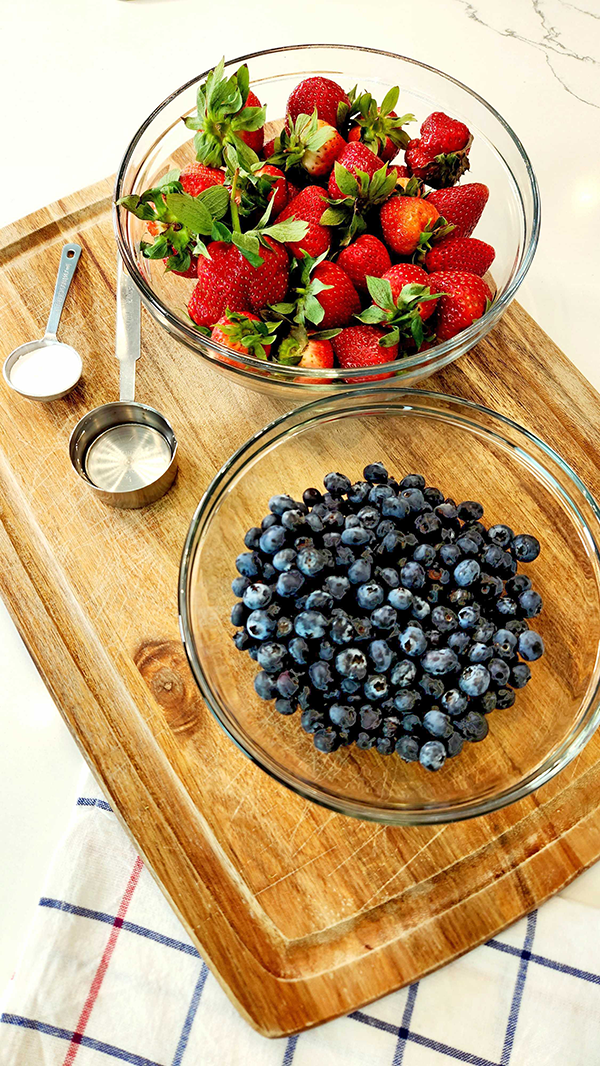
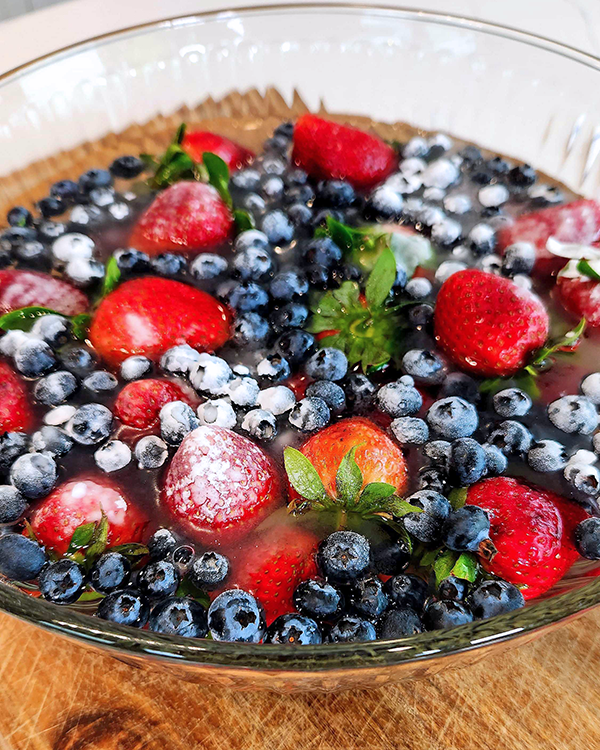
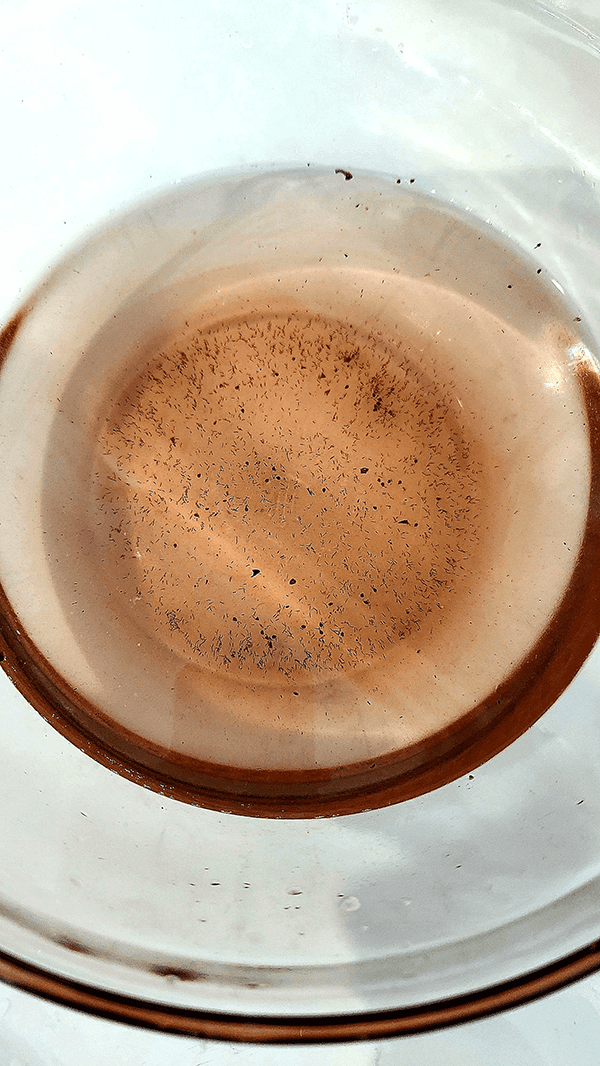
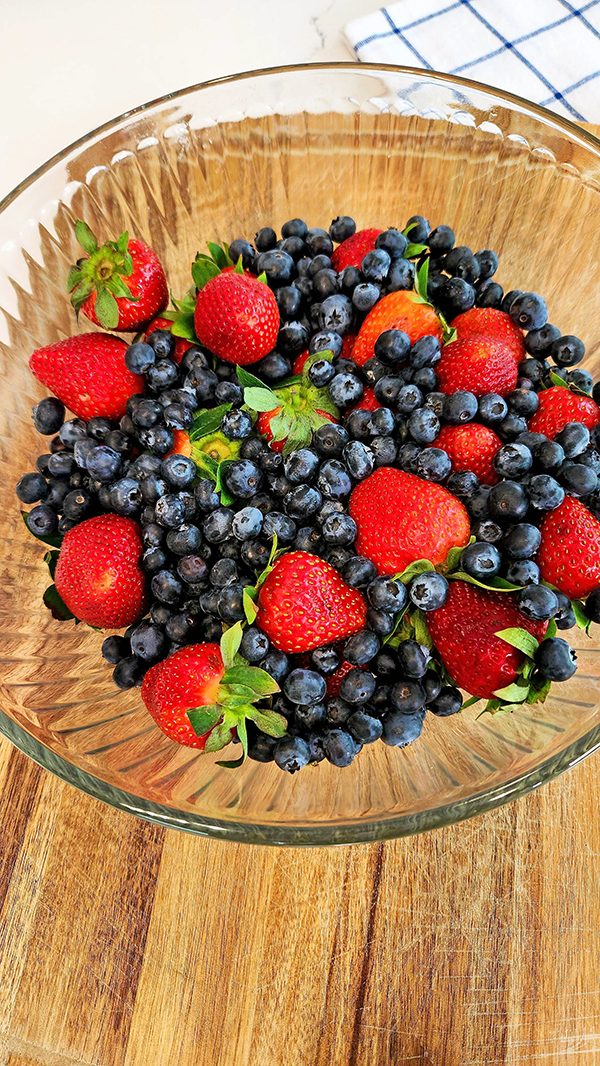

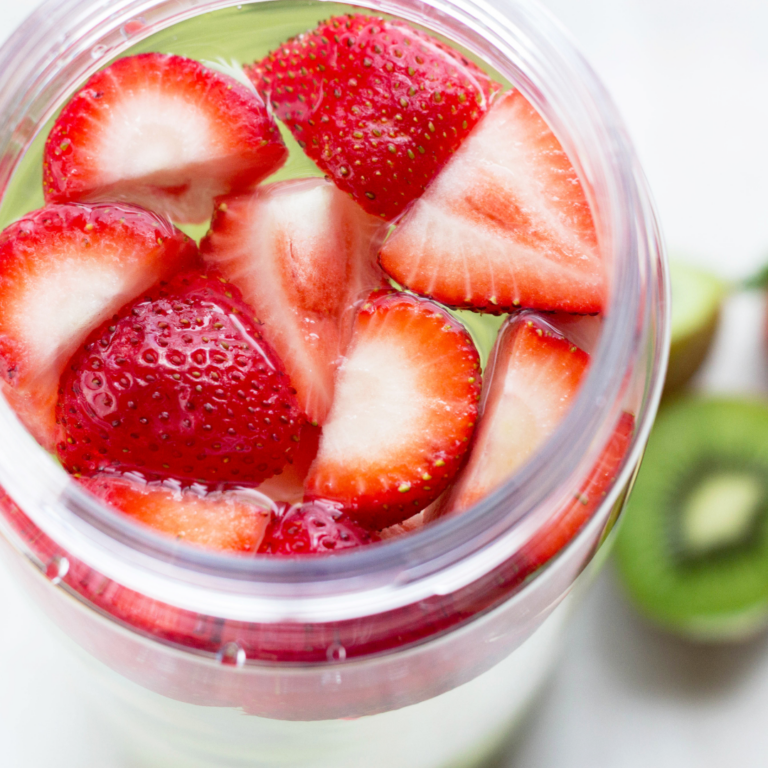
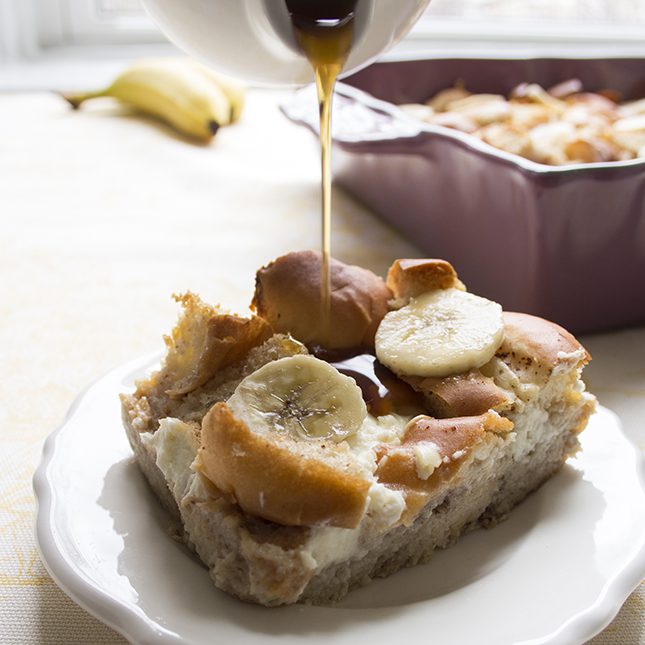



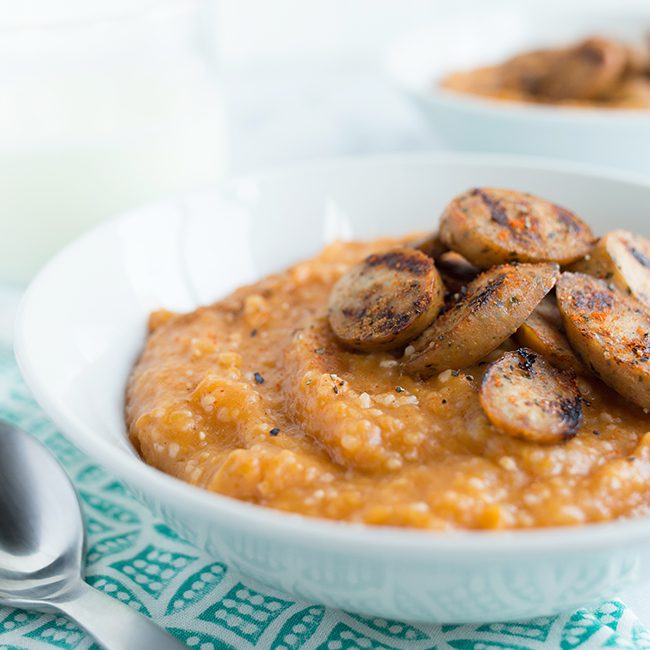

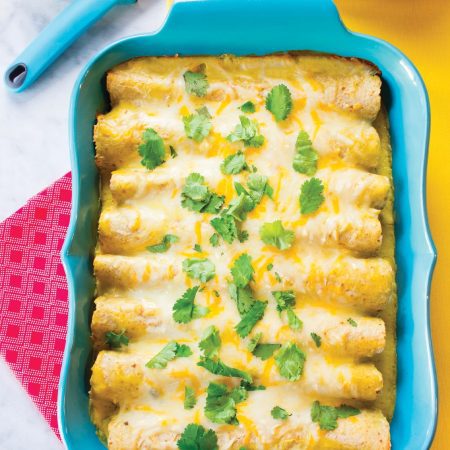

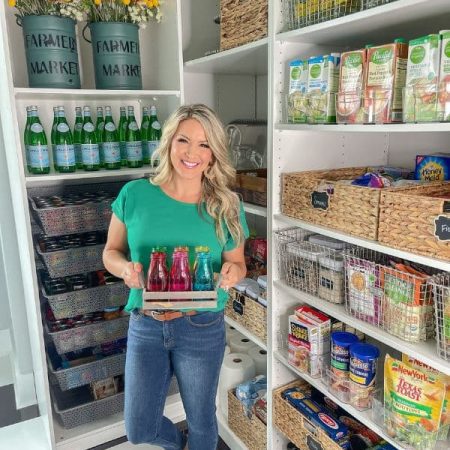
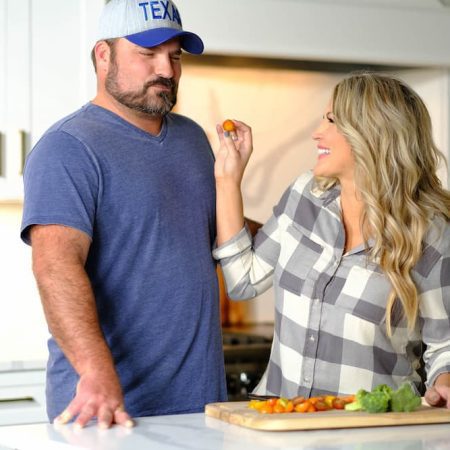








Stay Connected!
I love comments from you, so feel free to leave your thoughts and let’s chat more below! You can also follow the Farmers on your favorite social platform!
Join The
Farmer House Family
Subscribe to our weekly newsletter for exclusive content offers and access – just like family.